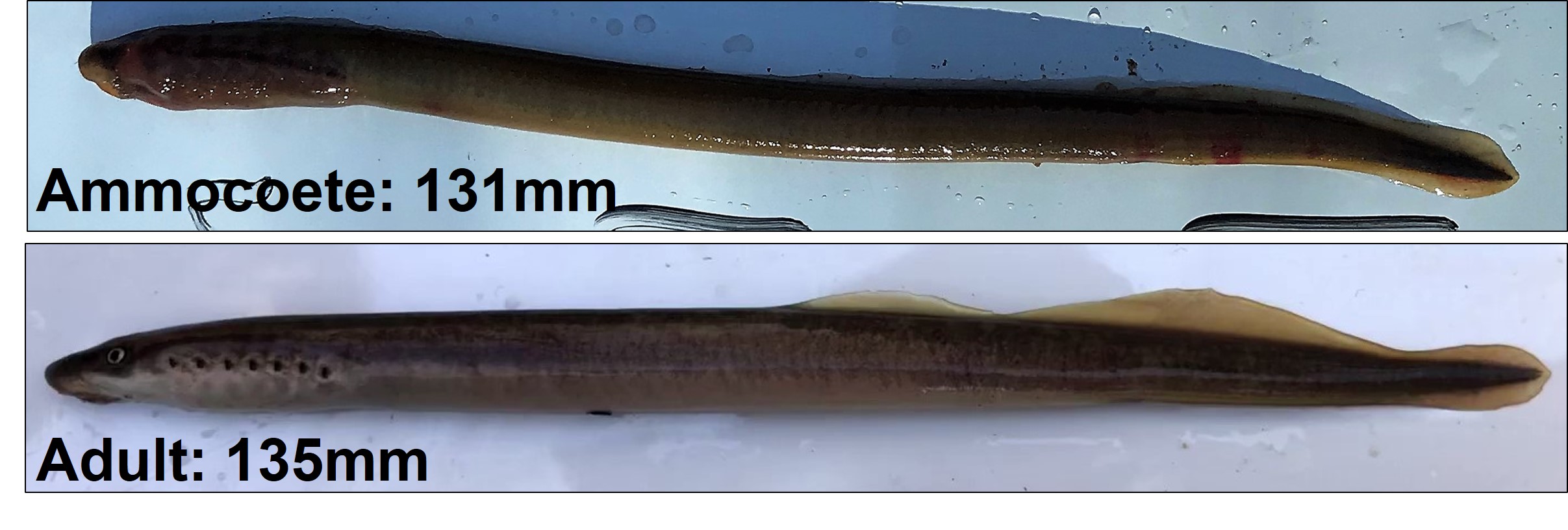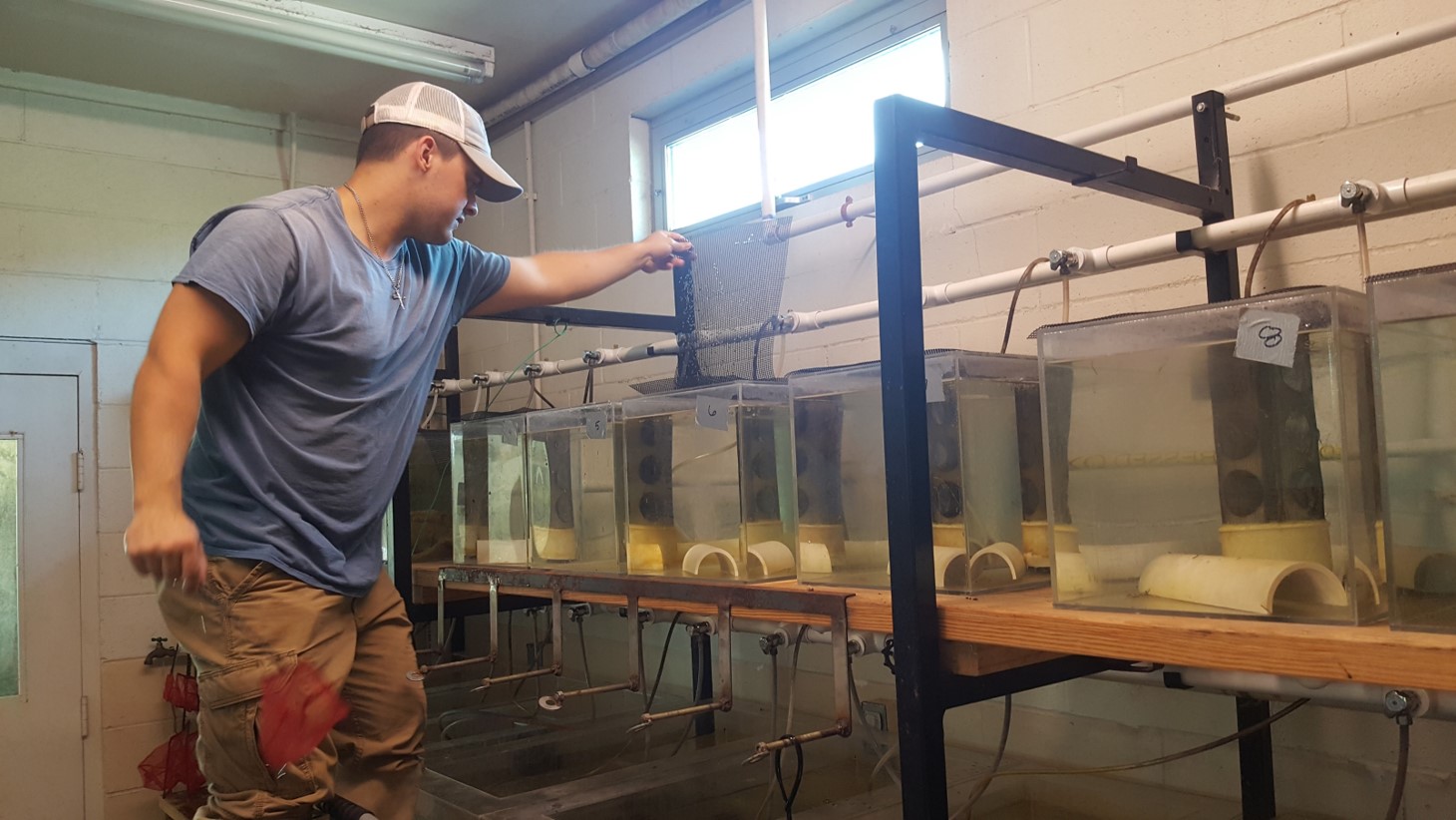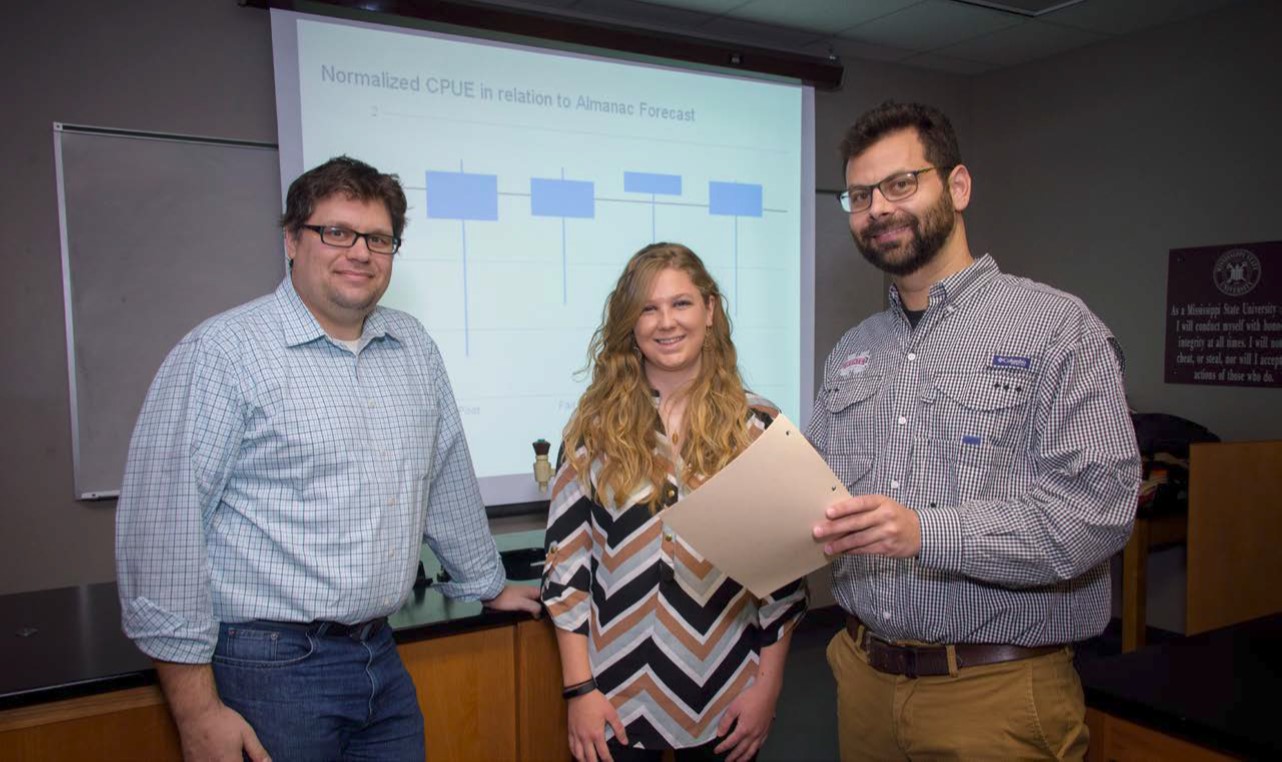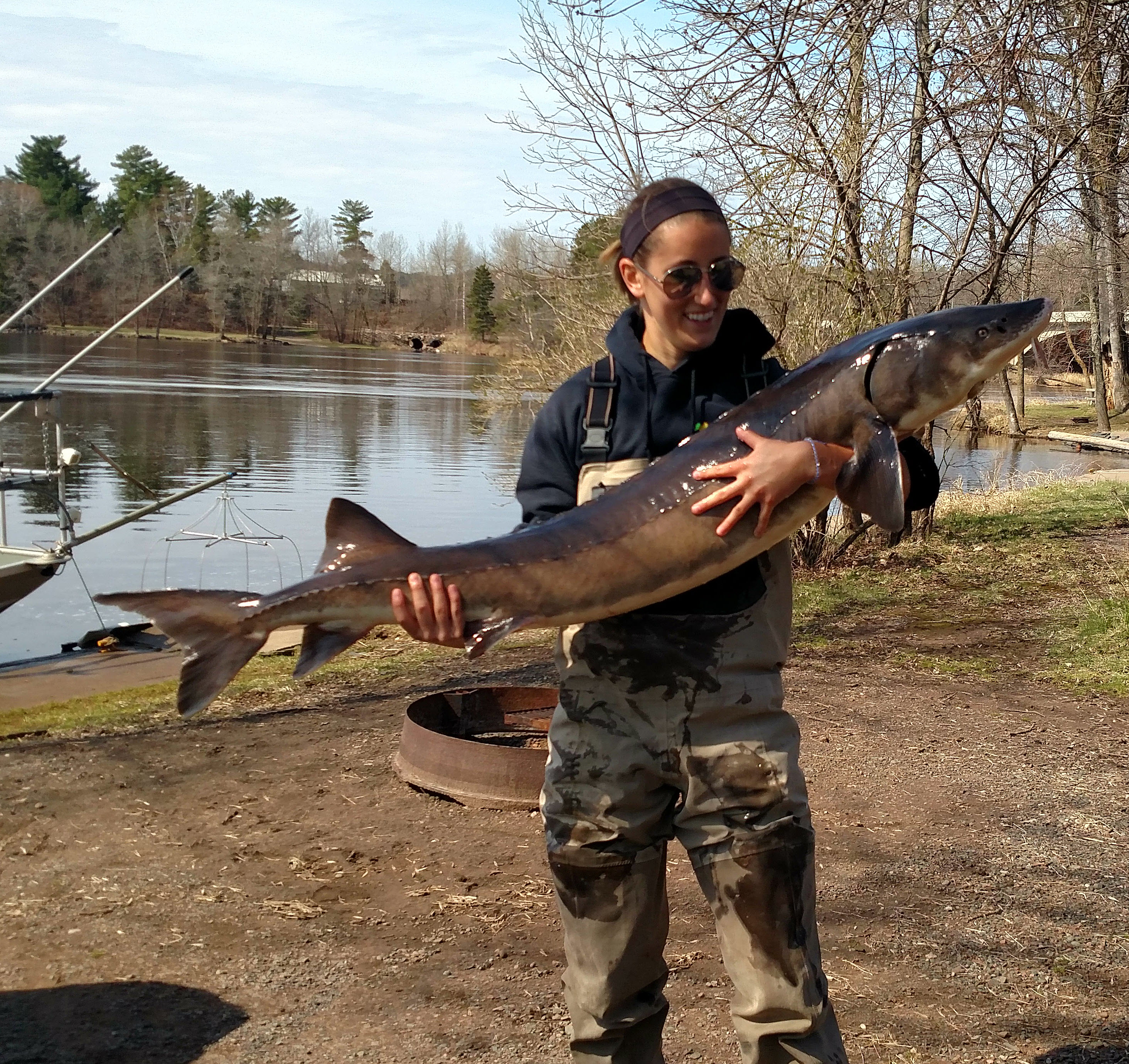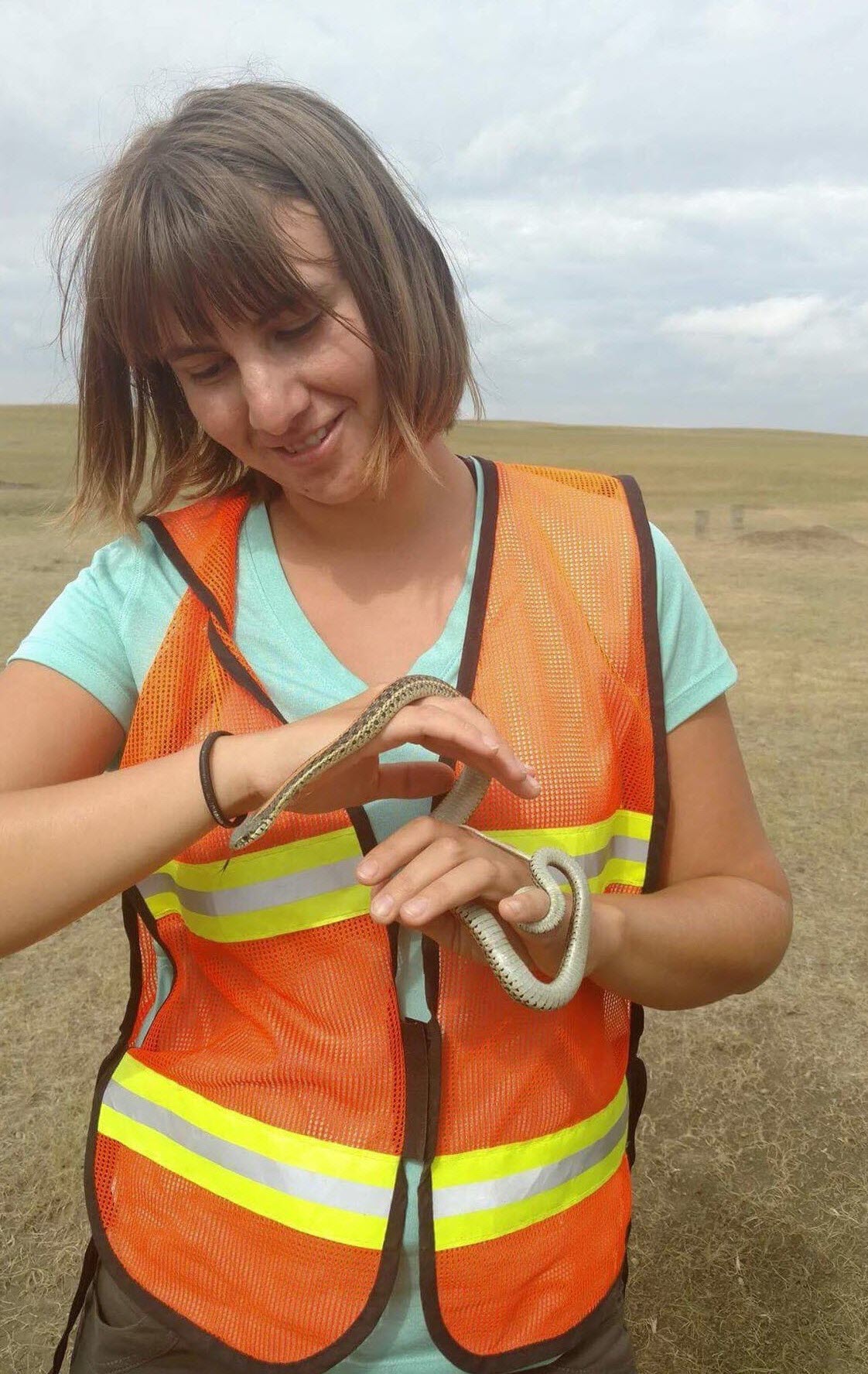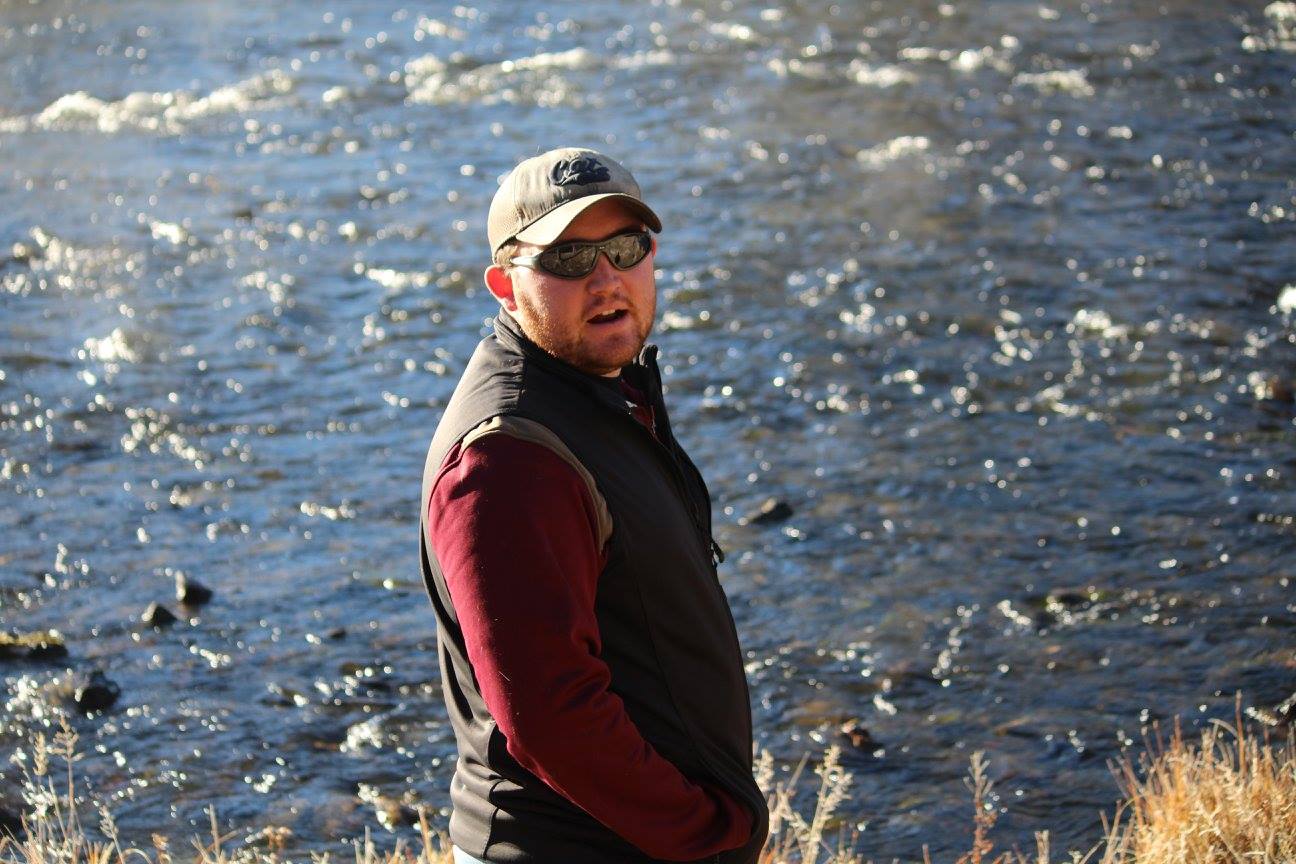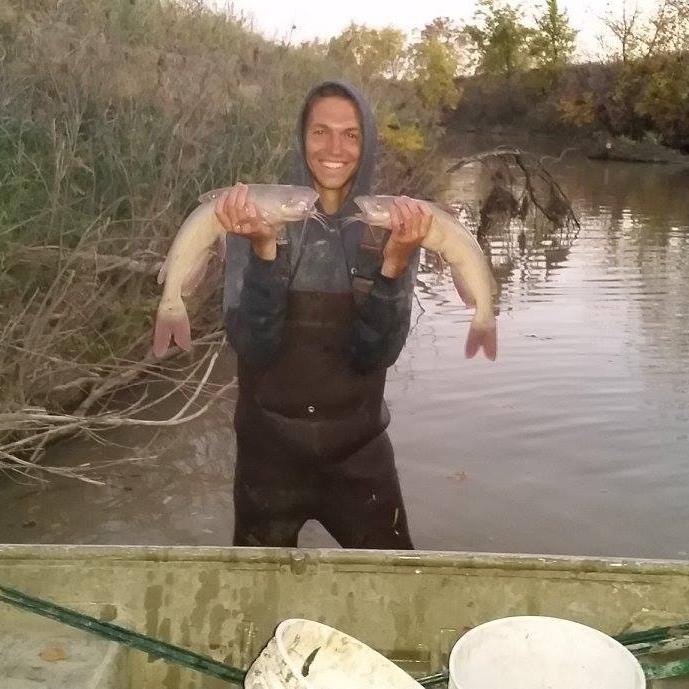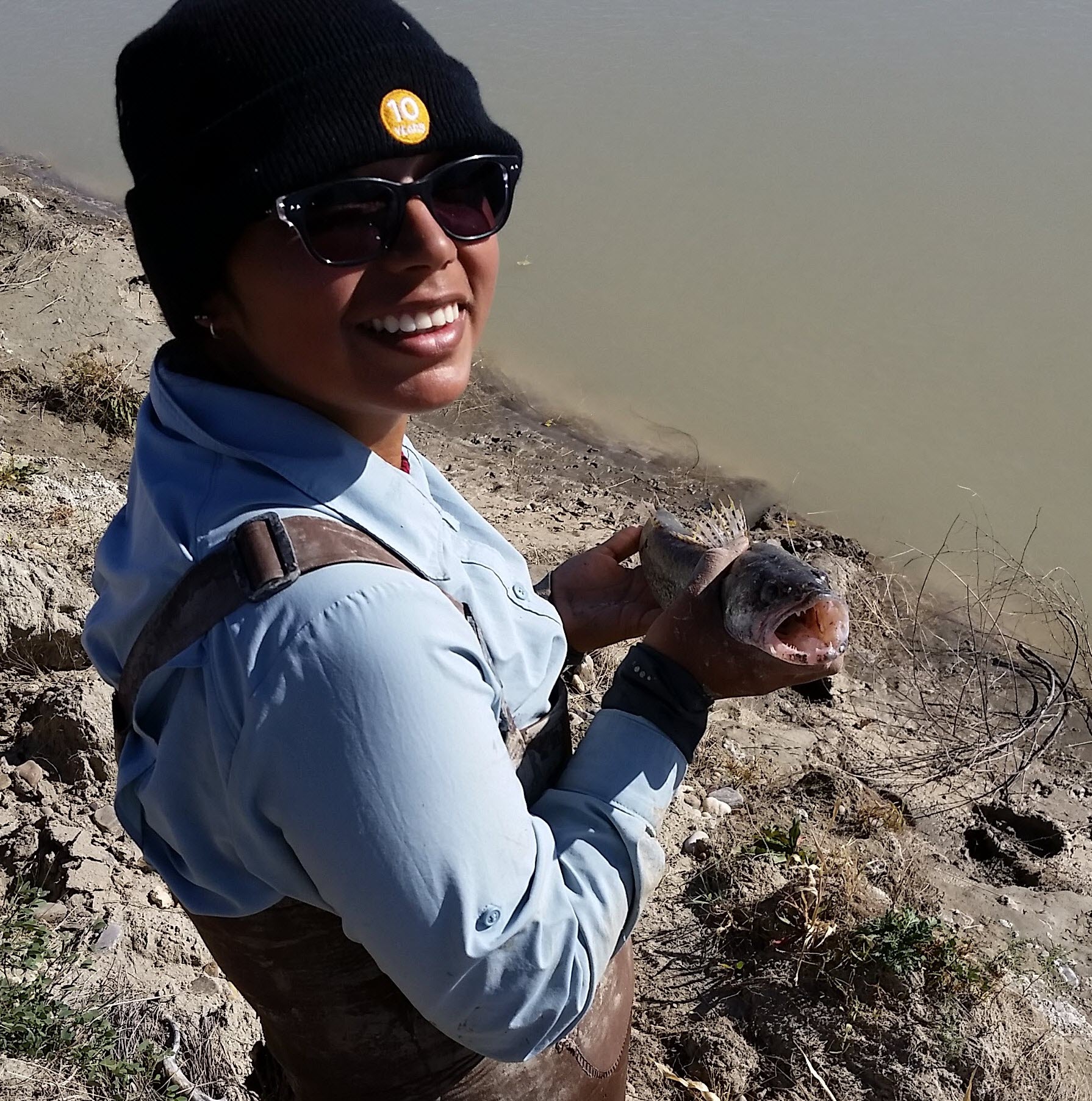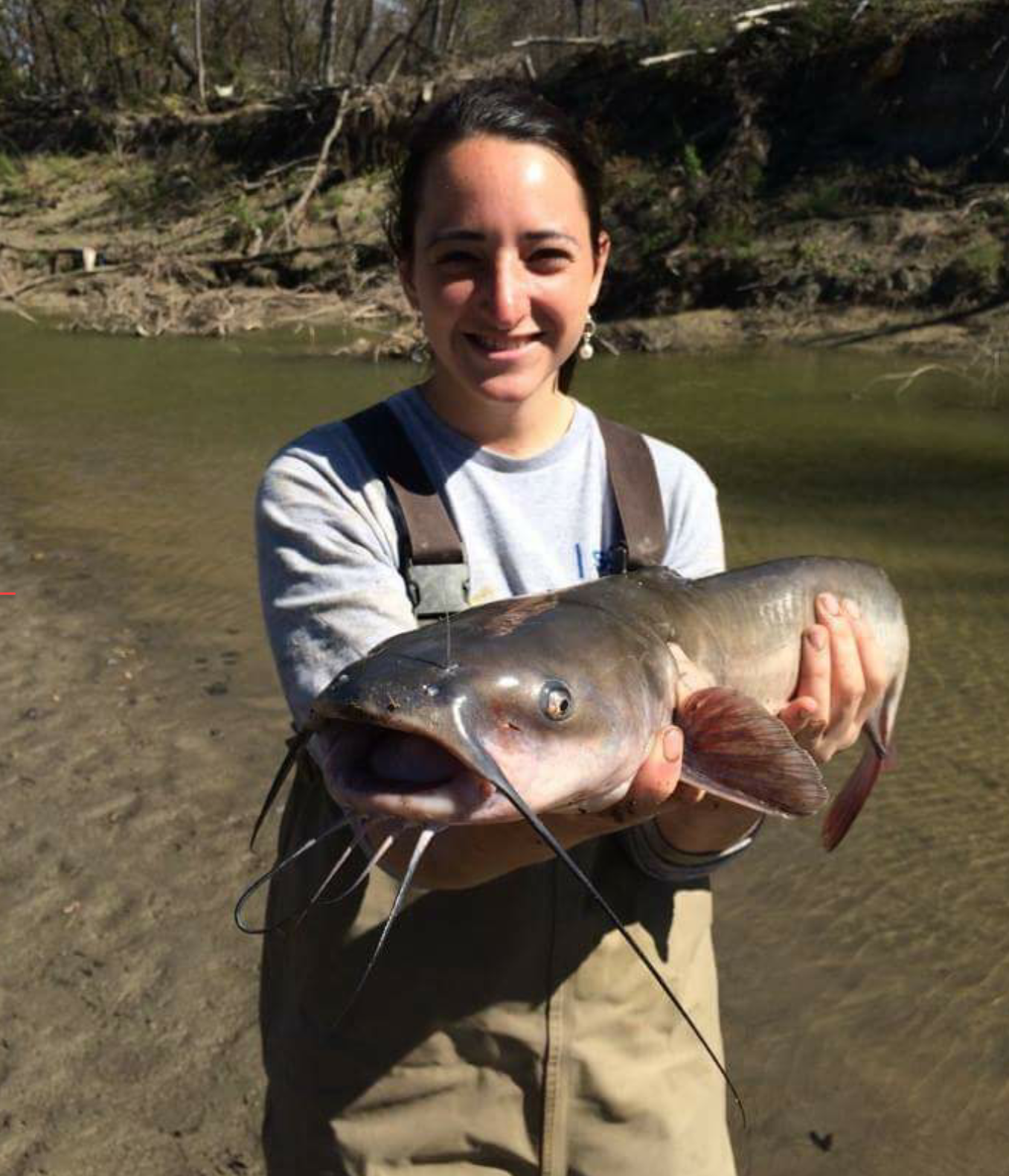Bayley Wilmoth
ONTOGENY OF SOUTH BROOK LAMPREY,ICHTHYOMYZON GAGEI, WITH EMPHASIS ON ABUNDANCE, DISTRIBUTION, AND MORPHOLOGY IN NORTHERN MISSISSIPPI
The Southern Brook Lamprey (Ichthyomyzon gagei) is a primitive, nonparasitic, filiform fish that inhabits streams of the Southeastern USA. Little is known about the species, especially in their cryptic larval form (i.e., ammocoetes) which burrow into fine sediment. As part of a comprehensive study of the species' ecology in Mississippi, we are surgically implanting passive integrated transponder (PIT) tags into the peritoneal cavity of ammocoetes to inform studies attempting to describe patterns of population structure and identify factors that affect the metamorphosis of ammocoetes to the adult lifestage. By understanding the important triggers for metamorphosis we expect to inform management efforts to benefit reproductive opportunities and recruitment of this sensitive indicator species.
Research Status: In progress
Location: Mississippi State University
